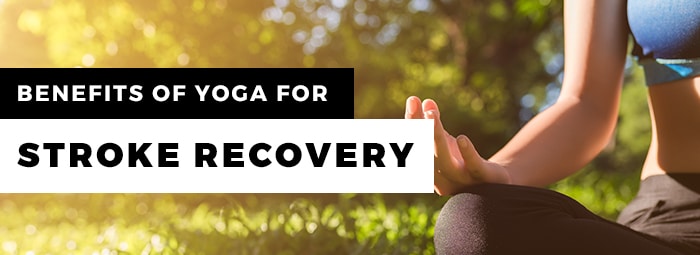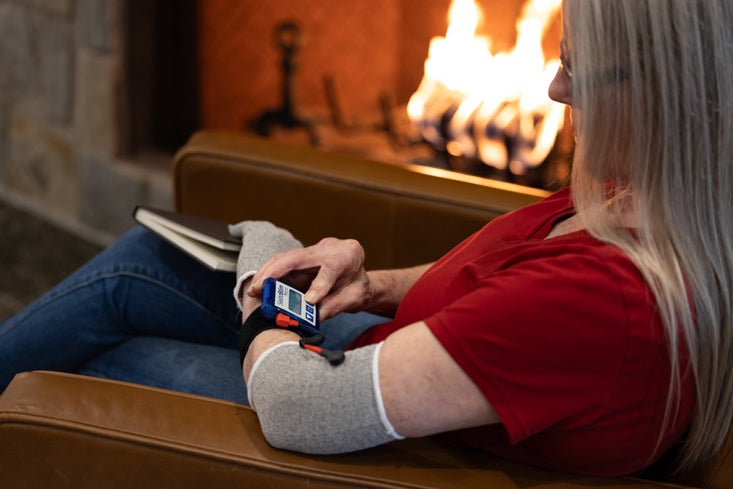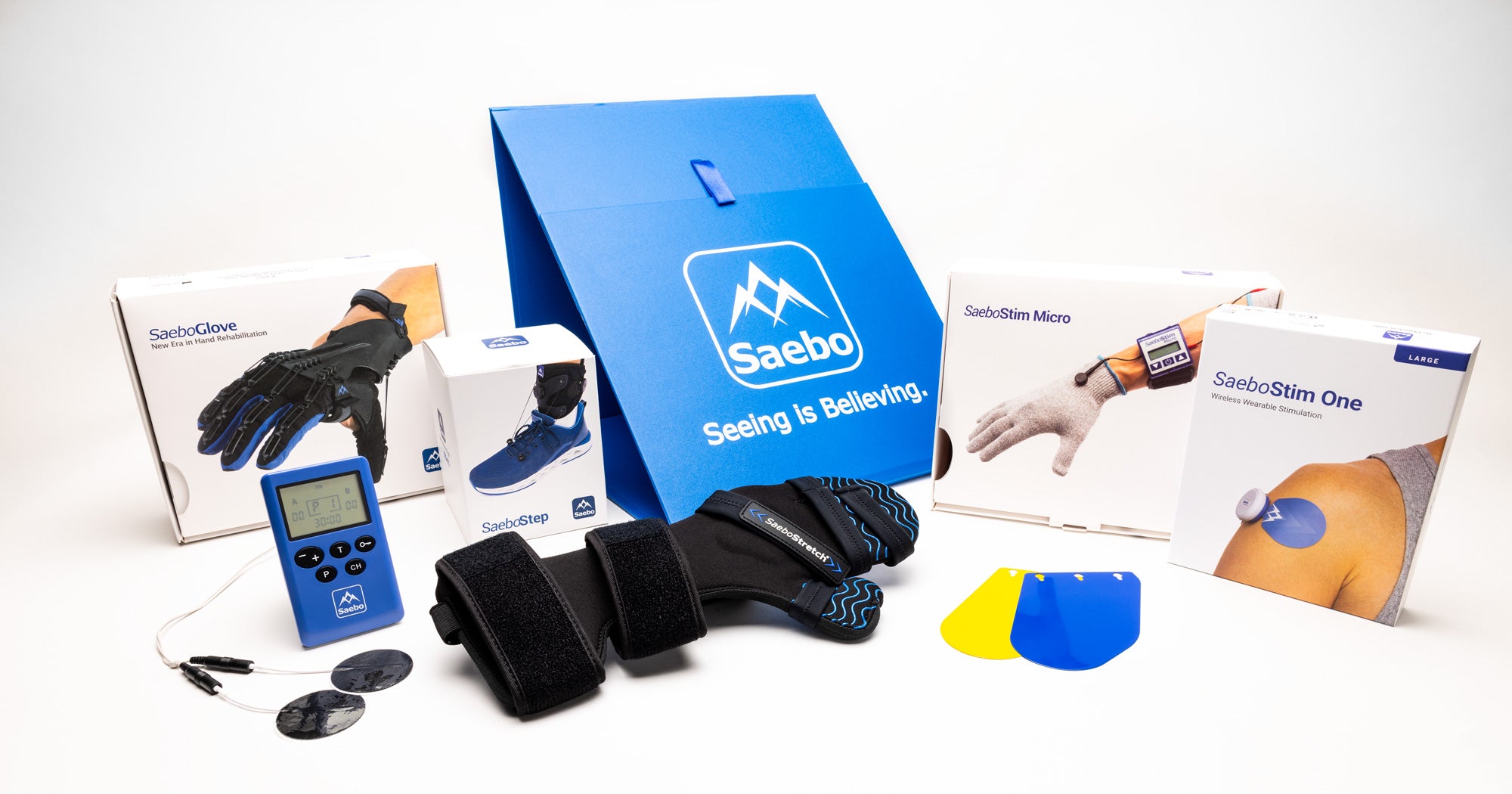
Benefits of Yoga for Stroke Recovery
Yoga Can Aid Stroke Recovery
According to the American Stroke Association, strokes are the fifth most common cause of death and a leading cause of disability in the United States. While some individuals do recover completely from a stroke, almost two-thirds are left with lingering physical deficits. The goal of physical and occupational therapy is to a Assist patients in dealing with the physical issues caused by a stroke, hopefully enabling them to successfully return to everyday life. Research has found that yoga, when combined with therapy, can significantly reduce the chances and severity of long-term disability and may continue improvements.How a Stroke Affects Physical Functioning
Essentially, a stroke is a “brain attack,” in that it follows much the same mechanism as a heart attack. It occurs when blood flow to the brain is cut off, either by a clot or a rupture of an artery. Once the flow of blood is disrupted, brain cells no longer receive oxygen or nutrients and begin to die. When brain cells die, functions such as memory and muscle control are diminished and, possibly, lost.Types of Stroke
The impact of a stroke on physical well-being depends on its location and the amount of damage to the brain. Approximately 87 percent of all strokes are caused when blood flow is disrupted by a clot. This is called an Ischemic Stroke. A Hemorrhagic Stroke occurs when a blood vessel ruptures and bleeds into the surrounding brain. This type of stroke is often caused by uncontrolled high blood pressure. The damage from Ischemic and Hemorrhagic strokes tends to be limited to one side of the body. A Brain Stem Stroke, which, as the name suggests, occurs in the brain stem, can impact both sides of the body. Physical damage from a stroke may range from minor impairments, such as some memory loss or a slight limp, to more serious damage, such as paralysis or the inability to speak.Minimizing Long-Term Disability
One of the goals of therapy is to minimize the long-term disability caused by a stroke. Physical therapists utilize multiple tools and strategies to increase strength, balance, and movement. Occupational therapists provide strategies for managing the activities of daily living that may have been affected by the stroke, including household tasks, daily hygiene, and work.The Benefits of Yoga For Stroke Therapy
Research has found that yoga can enhance the impact of therapy. For example, those who participate in yoga may experience increased flexibility, improved balance, increased strength, a greater range of motion in the neck and hip, less pain, and enhanced energy levels. In addition, because yoga requires intense focus, it enhances neuroplasticity — the ability of the brain to reorganize itself and form new connections. This enables the brain to correct or adapt to damage caused by a stroke.What Is Yoga?
 Yoga is a collection of physical and mental exercises that date back to ancient India. It is believed that yoga not only enhances physical well-being but also contributes to mental and spiritual health. Generally, a combination of poses, breathing exercises, and meditations are used to achieve that result. Traditional yoga classes involve a variety of floor exercises on a yoga mat, which may include both sitting and standing poses. However, yoga classes are also available for those with limited mobility. In these classes, students are taught poses that can be done while lying on a bench or sitting on a chair, or using a cane, walker, or wheelchair for support. Many yoga classes are offered through local hospitals, recreation departments, and senior centers. Before enrolling in a yoga class, it is important to consult with your doctor or therapist to ensure it is appropriate for addressing your particular disabilities. Certain poses or exercises could exacerbate, rather than help, limitations caused by a stroke.
Yoga is a collection of physical and mental exercises that date back to ancient India. It is believed that yoga not only enhances physical well-being but also contributes to mental and spiritual health. Generally, a combination of poses, breathing exercises, and meditations are used to achieve that result. Traditional yoga classes involve a variety of floor exercises on a yoga mat, which may include both sitting and standing poses. However, yoga classes are also available for those with limited mobility. In these classes, students are taught poses that can be done while lying on a bench or sitting on a chair, or using a cane, walker, or wheelchair for support. Many yoga classes are offered through local hospitals, recreation departments, and senior centers. Before enrolling in a yoga class, it is important to consult with your doctor or therapist to ensure it is appropriate for addressing your particular disabilities. Certain poses or exercises could exacerbate, rather than help, limitations caused by a stroke.
The Results Speak for Themselves
New research suggests that adding yoga to stroke rehabilitation therapy improves the speed and extent of recovery. It has also been found to improve quality of life, reduce fear of falling, and increase independence with daily living activities. Not only does yoga improve balance and flexibility, it has also been shown to result in a stronger and faster gait, longer steps, and increased strength and endurance. In addition, yoga stresses the importance of linking breath to movement, which enhances the overall impact of rehabilitation. Many times, patients hold their breath while exercising, a habit that negates the benefit of exercise.Remember…
To reduce the possibility of another stroke:- Stop smoking.
- Monitor your blood pressure.
- Control your cholesterol.
- Maintain a healthy diet.
- Determine whether you have been prescribed the right medications.
All content provided on this blog is for informational purposes only and is not intended to be a substitute for professional medical advice, diagnosis, or treatment. Always seek the advice of your physician or other qualified health providers with any questions you may have regarding a medical condition. If you think you may have a medical emergency, call your doctor or 911 immediately. Reliance on any information provided by the Saebo website is solely at your own risk.



